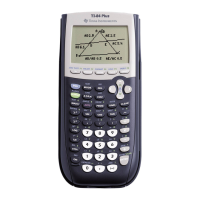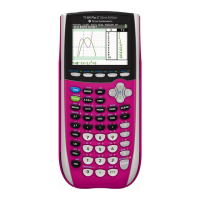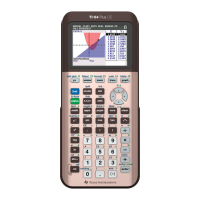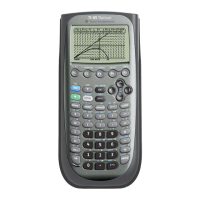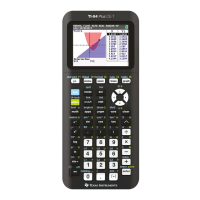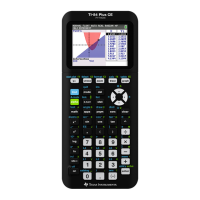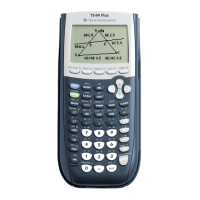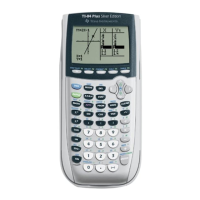Chapter 2: TI-83 Plus Specific Information 97
TI-83 Plus Developer Guide Third Release May 28, 2002
Example one:
The following routine is called to do a spot check of the link port for activity for a
single byte of data being sent.
– If no activity is detected or any error occurs during communication, then Z = 0 is
returned.
– If activity is detected, then the signal is debounced to make sure it is not random
noise.
– The byte is then read and returned in the ACC with Z = 1.
haveIOcmd:
IN A,(bport) ; poll the port
AND D0D1_bits
CP D0D1_bits
JR Z,..noio ; jump if no activity
;
DI ; for speed
LD HL,ioData
LD (HL),A ; save code
LD BC,15 ; debounce counter
dblp1:
IN A,(bport) ; poll again
AND D0D1_bits
CP (HL) ; still the same data?
JR NZ, noIO ; no, failed debounce
;
DEC BC ; dec counter
LD A, C
OR B
JR NZ, dblp1 ; jump if debounce not done
;
AppOnErr Linkfail ; set error handler
SET indicOnly,(IY+indicFlags) ; no key scan
B_CALL RecAByteIO
EndexIO:
RES indicOnly,(IY+indicFlags) ; read the byte
LD (ioData),A ; save data
;
AppOffErr ; remove error handler
LD A,D0HD1H
OUT (bport),A ; reset B-port
LD A,(ioData) ; get data byte
CP A ;Z=1forsuccessful
EI
RET
linkfail:
LD A,D0HD1H
OUT (bport),A ; reset B-port
NoIO:
OR 1 ;Z=0forfail
EI
RET
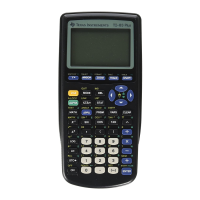
